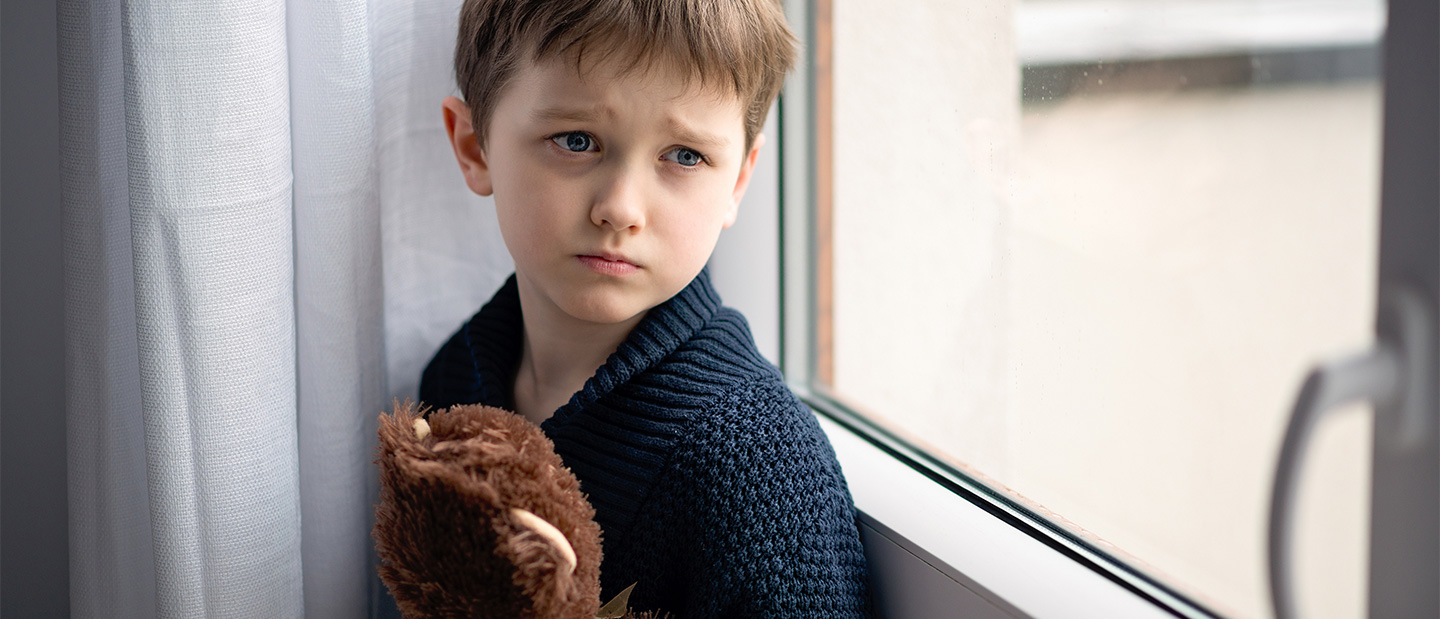Shyness in Early Childhood Can Affect How the Preteen Brain Becomes Wired for Social Interaction
Shyness in Early Childhood Can Affect How the Preteen Brain Becomes Wired for Social Interaction

Social reticence—a personality trait characterized by shy, withdrawn behavior—early in life may lead to poor social functioning in the long-term. While this has been long understood, researchers are just beginning to understand how this early behavior may impact brain development.
A new functional MRI (fMRI) study published June 6 in Psychological Science found that pre-teens who were highly withdrawn as children showed predictable patterns of brain activity while anticipating and receiving social feedback during a peer-interaction task. These findings suggest that certain social traits may be wired into the brain very early on.
The research was led by 2014 NARSAD Young Investigator Johanna M. Jarcho, Ph.D., of Stony Brook University and included 2007 Distinguished Investigator Nathan A. Fox, Ph.D., of the University of Maryland, College Park. Also contributing to the study were Foundation Scientific Council members Ellen Leibenluft, M.D. and 2000 Independent Investigator and 2011 Ruane Prizewinner Daniel S. Pine, M.D., both at the National Institute of Mental Health.
Imaging study yields clues about how the young #brain is wired for socializing. Tweet >
Children were recruited for the study at age 2 and measures of social reticence were collected until age 7. Participants were characterized into high (n = 30) and low (n = 23) social reticence groups based on behavioral observations and mother-reported questionnaires taken from the time the children were aged 2 until they were 7. At age 11, the children performed an fMRI-based task in which they interacted in a virtual classroom as the “new kid” in school. Throughout these interactions with classmates, who had reputations of being nice, mean, or unpredictable, participants received comments that were either positive (e.g., “Cool avatar!”) or negative (e.g., “You’re lame.”)
The researchers found that high (but not low) social reticence was associated with increased activity in the brain’s dorsal anterior cingulate cortex and left and right insula when participants anticipated feedback from unpredictable peers. In addition to showing increased activation of areas engaged during processing distress, high social reticence was associated with poorer connections in the brain between the insula and ventromedial prefrontal cortex, a brain region involved in regulating emotions.
The high and low social reticence groups showed opposite patterns of brain activity in another emotional hub, the amygdala, in response to negative feedback from classmates with mean reputations. Participants in the high reticence group showed increased activation, while the low reticence group showed decreased activation, after receiving negative comments from peers expected to be mean versus unpredictable.
“We demonstrated that early-childhood social reticence uniquely affects neural circuits engaged by unpredictable social interactions,” the researchers reported. “This suggests that early-life social behavior has a lasting effect on neural mechanisms that support social cognition during subsequent phases of development.”
TAKEAWAY: An fMRI study of young people showed that early social behavior can impact brain development in withdrawn children.


